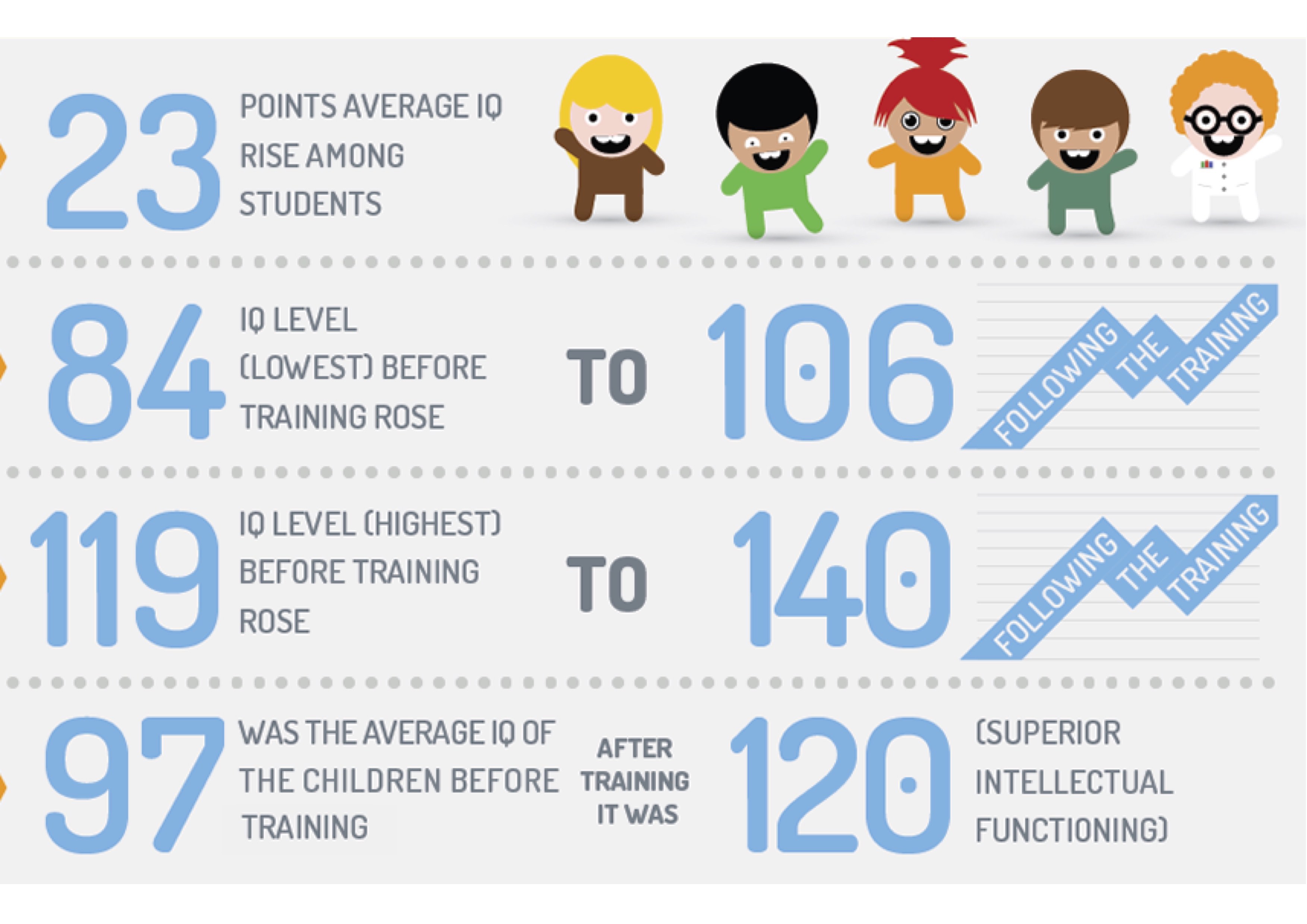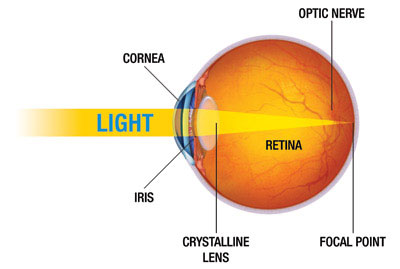Have you met a sociopath? What about a psychopath? Are you either? Because by now, you would most likely have a tiny awareness of your differences from the majority of the human population in regards to emotion…

If you didn’t already know, psychopaths and sociopaths are similar, but different. It can be denoted that psychopaths are “born” into the world in which they are simply different than their “neurotypical” (“normal person”) counterparts; and that sociopaths are “made” as a result of environmental triggers. Both psychopaths and sociopaths display similar, but not identical symptoms. For example, both are notorious for their charm, apathy, manipulation, narcissism, low stress responses, and lack of empathy. However, in psychopaths especially, these symptoms can be heavily more innate than in that of sociopaths. This is because research showed that there are literally structural differences in the brains’ of psychopaths when compared to that of a neurotypical counterparts. These structural brain differences make the symptoms displayed in psychopaths more innate than in sociopaths in that psychopaths can have little to no empathy whereas sociopaths never have no empathy, but always a little (on the spectrum). Similarly, this applies to every symptom that both may display in that psychopaths have even more of that inability to act in what is considered “humane.” But the biggest misunderstanding is that they will automatically be bad people or criminals – which isn’t always necessarily the case for both psychopaths and sociopaths.

Psychopaths are incredibly fascinating to me. They are born into the world completely without the certain psychological components that code for emotion. As a result, they can only ever understand emotion at a cognitive level. This is what makes them such amazing actors, manipulators, and charmers. They grow up observing the people around them and will mimic them and their emotional tendencies in order to be perceived as normal (for a certain purpose; to get ahead in life, or to fulfill their narcissistic tendencies). As a result of their compensative and chronic life efforts of conforming into societal norms because of their neurological “abnormalities”, they will master their acting; and because they will do it relatively or virtually unphased by the common human obstacles that involve anxiety and depression, they will be the most charming, communicative, and charismatic individuals you have ever met. This also applies to sociopaths in that they will do the same, but will have a tiny bit more of a response to stress stimuli simply because they were not born with their apathetic attributes. Instead, they are made the way they are (similar to that of a psychopath) because of environmental factors during their development that can involve trauma, betrayal, abandonment, abuse, etc. In order for these types of environmental triggers to be expressed, individuals must have the genetic capacity for becoming a full-fledged sociopath.

With this, a person who does not have the genetic capacity to become a sociopath will never become one; regardless of whatever that individual has gone through. But if they do, one negative childhood trigger can completely change them forever. Their brain chemistry is forever altered and I like to think that they essentially psychologically lose trust in humanity. Some sociopaths might recognize their differences, but even then, they will say that everybody is weird; that everybody else is the problem and not them. This is because sociopath/psychopath is narcissistic to a degree. Without the general modes of emotion, the ability of perspective, and the clear-cut perception of consequence, they are especially prone to impulsivity and top-tier selfish acts. This is why a lot of psychopaths and especially sociopaths (who have been done wrong by the world) are prone to sadistic, malignant, and criminal behaviors. Psychopaths don’t feel as far as we know (although might feel something), and sociopaths are next up in line as they definitely do feel more than psychopaths. Sociopaths harbor an expressed resentment for the world while psychopaths are just straight up like that.

Nevertheless, there are many psychopaths and sociopaths who don’t stray into criminal acts. It needs to be noted that there are many types of sociopaths and psychopaths; ones that have the capacity to live normal lives, and some that are simply too far deterred from the “norms” to do so. But even in these cases, they all just need guidance and a motivation to live life as decently. For example, a psychopath or sociopath might hold back on his/her malignant tendencies because they may not want to go to jail. But not because they are particularly scared, but because going to jail would be a hindrance to their freedom; something that they don’t find necessarily find happiness in, but gravitate towards because of what it can offer for them.
































